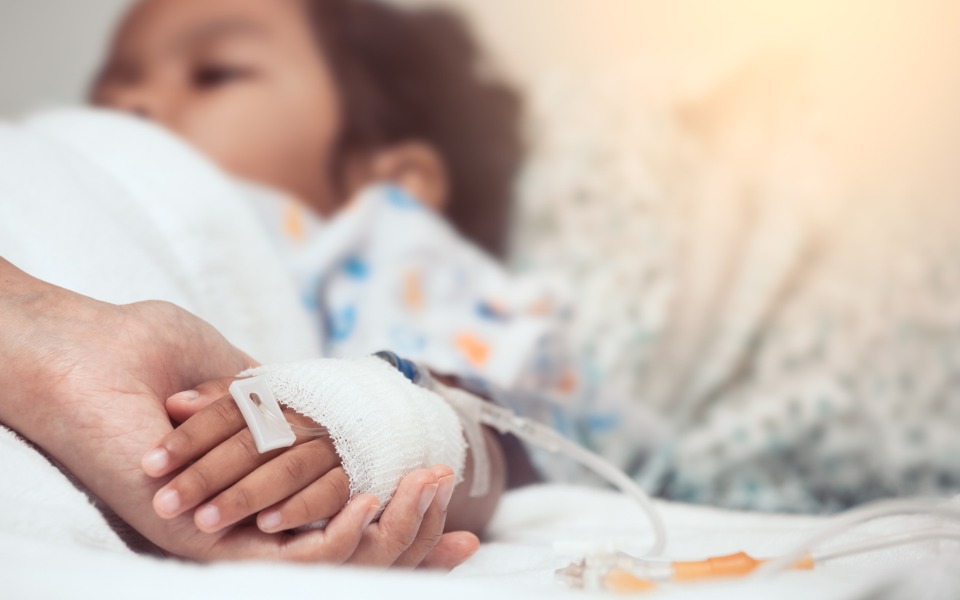
National policy on rare diseases should address patients, funds: Experts
The National Policy for Rare Diseases 2020, which was released by the Ministry of Health and Family Welfare, aims to define a strategy and vision.

The National Policy for Rare Diseases 2020, which was released by the Ministry of Health and Family Welfare, aims to define a strategy and vision. But stakeholders say that the policy, which proposes to provide up to ₹15 lakh for rare disease treatment, falls short on many counts.
For the last seven years, Shanmugam*, a resident of Tindivanam in Tamil Nadu, has been receiving help from US-based biotech firm Genzyme for treating his teen son suffering from Gaucher’s disease. While his first son received enzyme replacement therapy because of the firm’s help, Shanmugam’s younger son, who suffers from a similar condition, isn’t that lucky.
Gaucher’s disease, categorised as a lysosomal storage disorder, with around 45 other rare and genetic disorders happens due to the deficiency of specific enzymes in special compartments (lysosomes) of the cells. The symptoms vary from delayed development, seizures, dementia, deafness and in some cases blindness.
While the proposed policy claims to help Shanmugam’s children and many like them, support groups working with affected children say there is disconnected from reality.
Also read: Govt unveils genome sequencing, promises disease prediction, prevention
The policy has categorised diseases into three groups — broadly based on the duration of treatment, kind of treatment and costs.
Manjit Singh, honorary president, Lysosomal Storage Disorders Society, calls the policy an eyewash. “This draft policy is a reworked version of the first policy in 2017 (Policy for Treatment of Rare Diseases 2017). The original was drafted in consultation with medical experts from AIIMS Delhi, KEM Hospital, Mumbai. However, they realised that the policy would result in an exorbitant cost for the government and was watered down to the current draft with several ambiguous clauses,” he says.
While it costs Rs 30 to 40 lakh per year for a child weighing 10 kgs to get enzyme replacement therapy, the cost can go up to Rs 1.3 crore annually when the weight increases to 30 kgs, says Singh. While there is no exact data available on the number of people living with rare diseases, he says that there are 400 diseases, rare and known, and that the actually treatable diseases are not more than 60. “For these, recommended treatment is available and among lysosomal storage disorders, there I definitive treatment for not more than 10 disorders,” he adds.
Calling digital crowdfunding to provide financial help to patients as a mockery, Singh says, “It is a ridiculous idea and with one-time financial help, there is nothing that can be achieved.”
Old policy vs new one
The previous policy had allotted a Rs 100 crore corpus and involved doctors assessing patients and directing them to a technical committee set up by states. The committee, in turn, will refer them to the central technical team through a carefully drawn process. “At the moment, there are over 250 applicants that have reached the central technical committee over the last few years and they have not been extended any help,” says Singh.
He points out that the new draft neither mentions the corpus fund nor the amount which will be allocated and how it will be implemented. “The draft only repeatedly says that health is a state subject and that the states will be helped by the Centre with a lot of ambiguity,” he says.
Also read: Decoding Huntington’s disease: NIMHANS hosts first conference in India
Prasanna Shirol, co-founder and director, Organisation for Rare Diseases in India (ORDI), Bengaluru, says the new policy reflects the lack of commitment from the government. He says, “The old policy took into consideration long term and short term goals. It spoke about a website where people could register themselves and hospitals that were dedicated to rare diseases. However, the current one is devoid of clarity and doesn’t take concrete measures. The old policy also spoke about the role of states, with central government contributing 60% of the costs and state government 40%.”
He also observes that draft has an unrealistic approach of Rs 15 lakh for a patient requiring one-time treatment. “What happens to supportive care for them? Rs 15 lakh is inadequate for those who have transplants, as they have to be on lifelong medicines and supportive care,” he adds.
Shirol says that the definition of a rare disease raises doubts, as the draft contradicts the Indian Council of Medical Research’s definition of prevalence rate of 1 in 2500 individuals.
Need an encompassing ecosystem
Dr S Suresh, director, Mediscan India and Fetal Care Research Foundation, who runs a Centre of Excellence for Rare Diseases, VHS Hospital, Chennai, says that a system should be set in place to deal with the conditions — from diagnosis, treatment to supportive care. He explains, “It is important to create a comprehensive eco system — diagnosis and instituting a proper line of treatment and providing for prenatal diagnosis. In case there is one child with the condition, and if there is a second child expected, tests should be carried out to diagnose the possibilities of the second having the same condition. The focus should also be on supportive care, as the disorders are financially and emotionally burdensome, with one parent becoming the caregiver 24X7. These apart, there should be centres to take care of the needs of the patients with staff including nurses who are adequately trained. Only a government can take up the enormous burden of setting all this in place and the policy becomes all the more important for this.”

